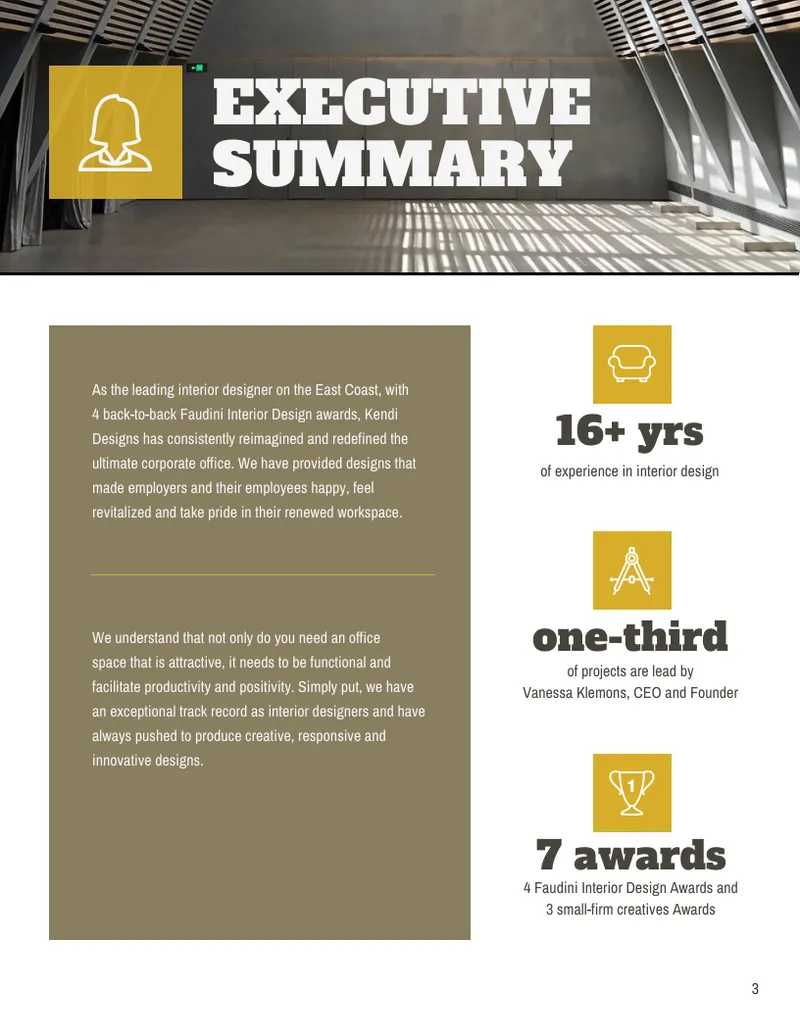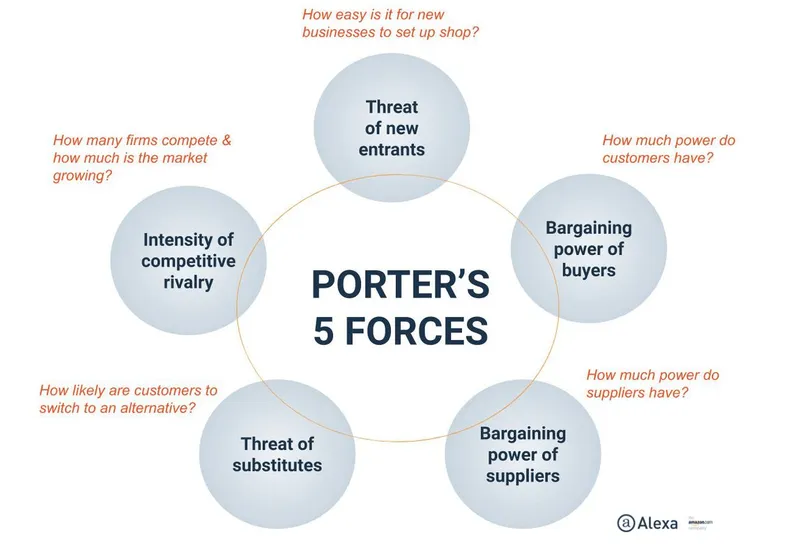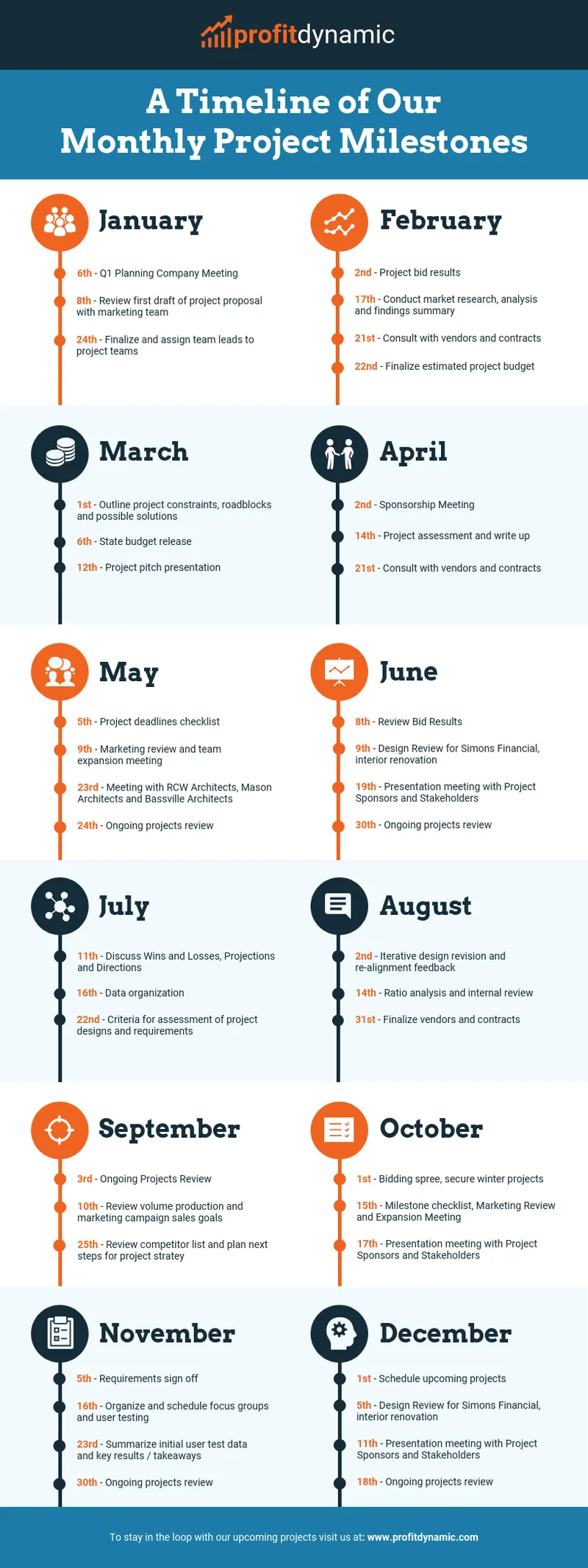

Ultimate Guide to Creating an Effective Business Plan
A business plan is essential for companies—both for those that are just starting out and for established organizations. A well-designed plan can be a great template for a proposal to draw in new investors and clients and to steadily grow your company.

Image by Gerd Altmann from Pixabay
A business plan is essential for companies—both for those that are just starting out and for established organizations.
A well-designed plan can be a great template for a proposal to draw in new investors and clients and to steadily grow your company.
But how does one create a business plan that will be effective, yet flexible? We have created an ultimate guide that businesses can follow to create their plans.
Business Plan Table of Contents

Source: Venngage
Your business plan should be easy to skim through—which is why you need to include a table of contents early on in your document.
For anyone reading the plan, it is helpful to be able to pick the sections they want to get to first or revisit by checking the table of contents.
The table works with corresponding numbered pages, so that is something executives need to be aware of as they create the business report.
Each section should also include corresponding headers that will be included in the contents page—this will facilitate navigation for the reader.
Executive Summary

Source: Venngage
The executive summary is crucial when creating the business plan—when you hand the proposal over to an investor, they will want to know what you are offering.
This is the section where you outline the problem that your business solves—as well as your unique selling point.
Use bullet points to draw the reader’s attention to the most salient aspects of the summary—again, you want to ensure your readers can skim the plan.
But that doesn’t mean your executive summary should be too long—keep it succinct, but don’t leave out any points.
Plus, to write an effective summary, it is best to do it after the business plan is complete—that way, you can ensure that the summary reflects the content of the plan.
Company Description
The business plan or proposal that you present to clients and investors should include a brief description of your company.
This is where you share your company’s mission and vision, what your company does, what products and services you sell, as well as your company’s ethos.
The mission statement should be short and succinct—think of the people your company will impact, such as stakeholders, suppliers, and customers, and determine the mission from there.
Include your business’ internal structure here—use an organizational chart maker to showcase the people in your company.
The description section should also include the company’s goals—both short and long-term.
These goals should be measurable and realistic—if you over-reach, you could come across as fanciful to investors.
Analyze the Market

Your business plan should include a thorough market analysis—you want your proposal to show investors how your company plans to earn revenue in the future.
Market analysis requires knowledge of the current market and your competitors, your ideal customer personas, and industry trends.
A SWOT analysis—strengths, weaknesses, opportunities, threats—is an essential step in this process to find where your business is ahead and what it still needs to do.
You can build your client personas using this method to determine who are the people who your company would attract and why.
Analyze what your competitors are doing currently and where they could go in the future.
Consider these questions when you study your competitors:
- Are they offering services that would make them more attractive than your company?
- Are their prices more competitive than yours?
- Is there a gap in the market that your competitors have yet to exploit?
- Who are your competitors targeting and what angles can you adopt to reach them?
Analyzing the current market and how your business fits in will make your company more attractive to investors.
Marketing, Operations, and Finances
The business plan needs to include the marketing strategy, operational plan, and financial strategy.
This is not the ideal place to include a thorough breakdown of each but including an overview is necessary.
Add the marketing channels you are planning to use to reach customers—brand websites, social media platforms, and email marketing campaigns.
The operational overview should include production plans, proposed suppliers, inventory management, and shipping requirements.
Finally, financial planning is crucial for a company’s growth—and to show investors that you have a solid idea about your future.
Include items like the income generated in the last year—projected income if you are creating a business proposal—current and future liabilities, as well as income and cash flow statements.
You don’t need to go into detail about all these areas but there should be enough information here to convince investors and clients that your company will be solvent.
Next Steps

Source: Venngage
A business plan is a document that shares where your company is going—that is why you need to include the next steps for your business.
Once your investor decides to partner with you, what should they expect your company to do?
Share with them your roadmap for success—how you will roll out your products, your marketing ideas, your project timelines, payment, and delivery methods, as well as legal terms.
The point of this step is to show your investors and clients that you know what you have to do next—but also to avoid leaving them with any questions about your professionalism.
Revise and Edit
Creating a business plan is hard work and it takes time—but building it up isn’t the end of the task. You then need to revise it and make edits before presenting it to anyone.
Revision is essential whenever you create an official document—this is to avoid any typos or errors that may have crept in during the initial drafts.
We already mentioned how the executive summary needs to be written after the plan is complete—other areas could also be tightened up once you have more information.
Editing may be required due to new information or market changes occurring while the document is being created.
Do not be too precious with the plan—it will change from the first draft to completion. But also remember that it needs to be revised annually to reflect changes in the environment.
Conclusion
All companies need a business plan when they are starting out—but established businesses also need to look at their plans and revise them for the needs of investors and the market.
The above guide will help executives, CEOs, and entrepreneurs build a plan that will showcase the best aspects of their company and draw in more investors and clients.






